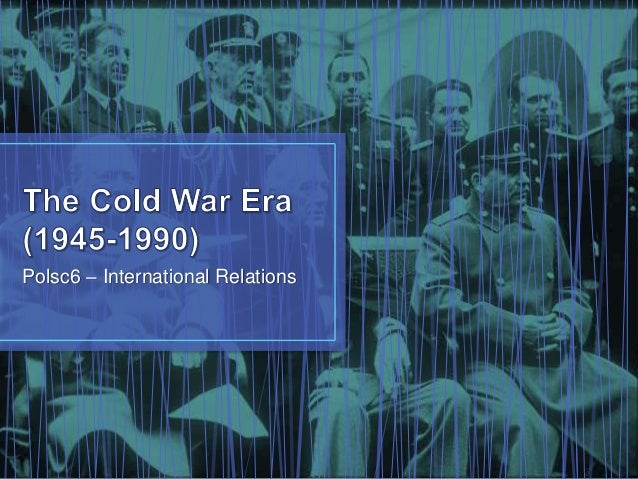The Cold War Era
The Cold War Era Average ratng: 3,7/5 8755 reviews

Her main study ends in 1968 because both politics and sports entered new eras then, but she also briefly analyzes the post-1968 Cold War era Games to show how the politics evolved after Mexico City and following the retirement of International Olympic Committee president Avery Brundage in 1972.
Despite its tremendous significance, the Cold War of 1946 to 1989 has been represented by very few truly historical games. Most games about the period deal with military “what if” battles that, although interesting, miss the point. The Cold War was all about avoiding major wars and gaining influence by diplomacy and skulduggery.
Chris Crawford’s 1980s Balance of Power got this theme right as did, to a lesser extent, Battlegoat Studios/Paradox’s Supreme Ruler: Cold War. The former is now abandonware and the latter still too militaristic. Alina Digital tries to hit the right balance of finesse and force with Arms Race – The Cold War Era ( TCWE). Rolling Your Own President The game’s utilitarian graphics are divided into a world map, an information and action panel and a combination spreadsheet/menu bar. Before these are seen, the fun starts with the setup screen. Asp net core ajax file upload. Here, players pick presidents or premiers: Truman, Kennedy, Nixon or Reagan for the US or Stalin, Khrushchev, Brezhnev or Gorbachev for the USSR.
A picture of each behind a desk with suits indicating their persistent trait of a military, scientific or diplomatic bonus greets players. A second trait is chosen by players from historic, military, scientific, diplomatic or global skills. Suits change with these skills so one can see a militaristic Harry Truman wearing a Stalin tunic. Bess Truman would have never let Harry dress like this. The world map divides the world into countries or regions such as Central America.
Areas controlled by the US are outlined in blue and those aligned with the USSR in red. Neutral areas remain a lush green. Areas where major wars are being fought are shown as black with orange shell bursts and spouts of black smoke. The map view can be panned with right click-drag and clicking on countries puts their status in the information panel, jammed with crucial data. This panel is superimposed on the lower part of this map. During the game, flags will appear on the right side for countries at war and flags for player opportunities fly on the left.
Pictures of the national leaders are on opposite ends of the panel, showing their influence in terms of firepower and their global influence. A row of flags across the middle of the panel contains flags of countries that could be of interest and clicking on them snaps to their place on the map and divulges their information with possible player actions. Information includes how much influence either superpower exercises in the country, the relative importance of land, air and sea power there, each power’s budget, the popularity of the government and the level of opposition. The amount of the player’s diplomats, troops and spies available is seen and the amount of each type of asset present in the country is marked in three rows of horizontal images with buttons to add more assets if possible.

Buttons for spies to meddle in other countries’ affairs are there as are opportunities to change governments. A large message window flashes events occurring in the country. The most important statistic is the country’s value in points (called “scores”) for the superpowers’ tallies.
An inset will show very short animations of parades, riots or important advances for each side. At the top of the screen is the detailed menu bar showing the status of each power and the crucial tabs for departments.
Data includes the number of points for the countries in the powers’ spheres of influence, the current budget levels, current date and the all-important available political points. The department tabs open up to tech trees for space and military progress and expenditures, a roster of all countries in influence spheres which has a further drop-down to buy spies and diplomats, a screen showing economic growth or decline, description of the global consequences feature and a tab for choosing to play in month-long turns or three pausable RTS speeds. The amount and kind of information listed above shows this game is not simple. Unfortunately, the tutorial on the setup screen is just a link to an inadequate YouTube tutorial and the eighteen-page PDF manual, while explaining all the concepts, doesn’t put things together well. A very good user’s guide has been posted in the.
Sound effects of riots, parades and battles are appropriate but not overwhelming. The music is ominous enough but not distracting. This drop-down shows the American space race tree with possibilities to boost or lower spending. The Game that Came in from the Cold The game starts in 1950 with both superpowers at parity with budgets, influence and number of countries in spheres of influence. Both sides have three non-accumulating political points each year. These points are used each time players increase departmental expenditures or boost revenues. The use of points and the budget are the keys to the Arms Race.